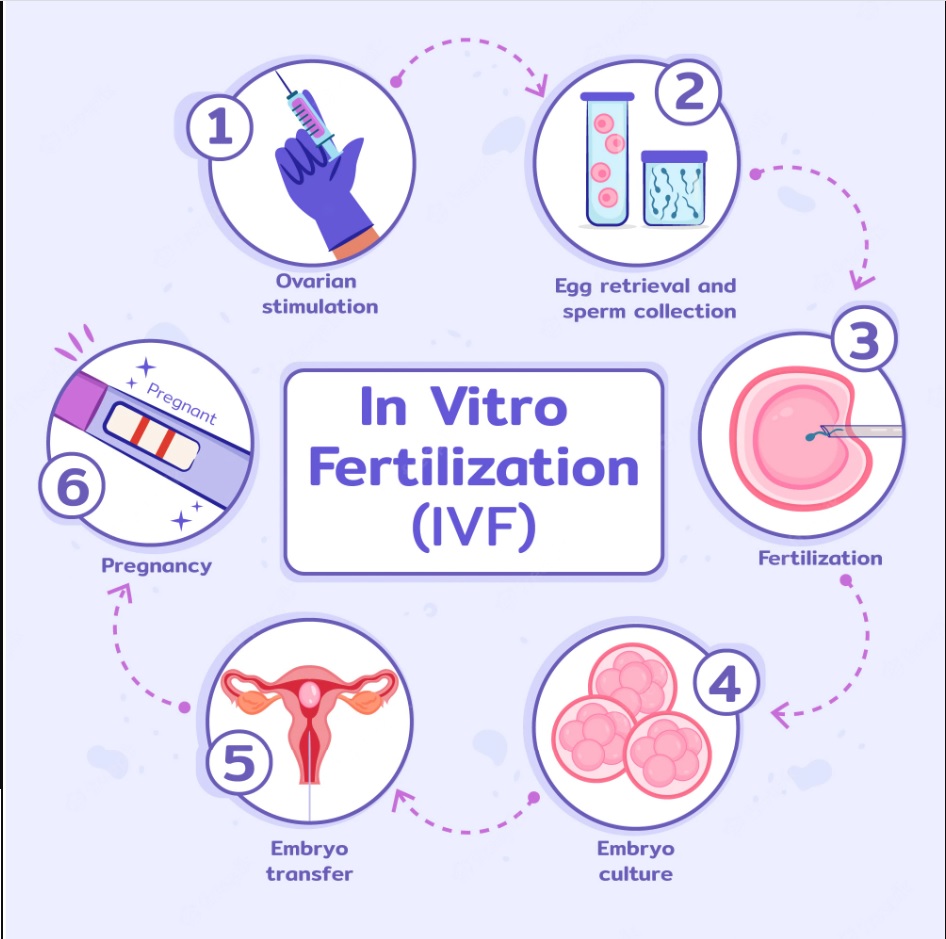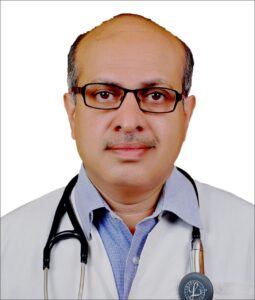All Infertility Services Under One Roof
Take a First Step Towards Parenthood
Call The Office
(0240) 2483473
MOBILE. – 9422212011
Office Location
N – 3 Cidco,
Aurangabad – 431003
Maharashtra.
Email Us
raulshreeya@gmail.com
What is IVF?
In vitro fertilization (IVF) is a complex series of procedures used to help with fertility or prevent genetic problems and assist with the conception of a child. During IVF , mature eggs are collected (retrieved) from ovaries and fertilized by sperm in a lab.
Latest Techniques
Expert Consultation
Confidencial Conselling
Fertility Services
IVF- In Vitro Fertiliasation
ICSI
Oncofertility
PESA/TESA – Surgical Sperm Retrieval
Day3 / Blastocyst Embryo Transfer
Surrogacy
FOLLICULAR MONITORING BY ULTRASOUND / TVS IUI
OOCYTE ( EGG) DONATION
EMBRYO DONATION
EMBRYO FREEZING
EMBRYO TRANSFER
SEMEN ANALYSIS AND WASH
SEMEN FREEZING
SURGICAL SPERM RETRIEVAL (PESA/TESA/TESE)
Medical Services
The following is a list of common minimally invasive obstetric and gynecological procedures performed at BMC
Hysterectomy
A hysterectomy is a procedure to remove the uterus. It is a very common type of surgery for women. Removing your uterus means that you can no longer become pregnant. Different types of hysterectomies include.
Total Laparoscopic Hysterectomy (TLH)
TLH is the removal of the uterus and cervix through four small abdominal incisions. Depending on the patient’s individual case, the ovaries and fallopian tubes may also be removed.
Laparoscopic Supracervical Hysterectomy (LSH)
This procedure involves laparoscopic removal of the uterus and the patient is able to keep her cervix. The patient can either keep her ovaries or have them removed at the same time.
Laparoscopic Assisted Vaginal Hysterectomy (LAVH)
LAVH is a surgical procedure using a laparoscope to guide the removal of the uterus and/or fallopian tubes and ovaries through the vagina.
Fibroid Removal
Fibroids are noncancerous tumors in the muscle of the uterus. Treatment approaches for removing fibroids includes.
Laparoscopic Myomectomy for Fibroids
This surgery involves removing fibroids (noncancerous tumors in the muscle of the uterus) from the wall of the uterus.
Hysteroscopic Myomectomy
Hysteroscopic myomectomy involves inserting a thin lighted viewing instrument (hysteroscope) through the vagina and the cervix into the uterus. This instrument then allows the doctor to view the fibroid to remove it through the vagina.
Ovarian Cyst Removal
An ovarian cyst is a fluid-filled sac that develops on a woman’s ovary. Patients who need a cyst removed may receive the following minimally invasive treatment.
Laparoscopic Ovarian Cystectomy
Laparoscopic Ovarian Cystectomy is surgery to remove a cyst or cysts from one or both of the ovaries using small incisions and specialized tools.
Treating Adhesions
Adhesions are scars that form within the body, typically after surgery, as part of the healing process.
Laparoscopic Lysis of Adhesions
This procedure is used to treat abdominal and chronic pelvic pain caused by adhesions.
Diagnostic Hysteroscopy
A diagnostic hysteroscopy is a gynecologic procedure to evaluate the endometrial cavity, the layer of mucus membranes that line the uterus.
Removing Uterine Polyps
Uterine polyps are noncancerous cells that grow on the inner wall of the uterus and extend to the uterine cavity.
Hysteroscopic Endometrial Ablation
A thin lighted viewing instrument (hysteroscope) is used to see inside the uterus. Then, to treat abnormal uterine bleeding, an endometrial ablation procedure is performed and destroys (ablates) the uterine lining.
OBSTETRICS
Antenatal care of normal and high risk pregnancies.
We are witnessing increased number of late marraiges among women due to extended duration of education and increased working women. In general 20-25 % pregnancies are high risk . Advanced maternal age leads to high risk pregnancies which includes IUGR. GDN ,GHTN, ,congenial anomalies
Our Doctors
Dr Mrs.Aparna K.Raul
Consulting Obstetrician, Gynaecologist, Infertility Specialist
M.B.B.S. ( Gold Medalist)
M.S. ( OB.Gyn.), DNB ( OB.Gyn.), MNAMS
Young Scientist Award
Young Gynaecologist Award
Dr Kuldeepsing Raul
Consulting physician & intensivist Consultant for Diabetes,Heart,Chest Diseases & complex Critical Disorders
M.B.B.S. , M.D. (medicine)
Professor of Medicine
Dental Care for The Whole Family
Lorem ipsum dolor sit amet, consectetur adipiscing elit, sed do eiusmod tempor incididunt ut labore et dolore magna aliqua.
Adult Care
Child Care
Orthodontic Care
OTHER SERVICES WE PROVIDE
The department of general medicine provides treatment for the following:
• All types of fevers
• Infections affecting different organs of the body
• All metabolic diseases and endocrine diseases such as diabetes, thyroid, cholesterol, obesity.
• Blood pressure
• All chest disorders
• Poisonous barrier, snake bite treatments
• Tummy aches, infections like vomiting, diarrhea and jaundice
• Problems like a headache, muscular weakness, epilepsy.
Frequently Asked Questions
What is IVF procedure?
In vitro fertilization (IVF) is a type of assisted reproductive technology (ART) where sperm and an egg are fertilized outside of the human body. IVF is a complex process that involves retrieving eggs from ovaries and manually combining them with sperm in a lab for fertilization. Several days after fertilization, the fertilized egg (now called an embryo) is placed inside a uterus. Pregnancy occurs when this embryo implants itself into the uterine wall.
How long is the IVF process from beginning to end?
IVF is a complicated process with many steps. On average, you can expect the process to last four to six weeks. This includes the time before egg retrieval, when a person takes fertility medication until they’re tested for pregnancy.
Should you freeze embryos during IVF treatment?
Embryo cryopreservation is done as part of most IVF programs. Some people choose to freeze and store embryos so they can have another chance at getting pregnant. Extra embryos can be frozen and stored for several years, although not all will survive the freezing and thawing process.
How long does it take to know you are pregnant after IVF?
It takes about 9 to 14 days to test for pregnancy after embryo transfer. The exact timing may vary depending on the practice or fertility clinic. Your healthcare provider will most likely use a blood test to check for pregnancy. Blood tests measure hCG (human chorionic gonadotropin), which is the hormone produced by the placenta during pregnancy.


